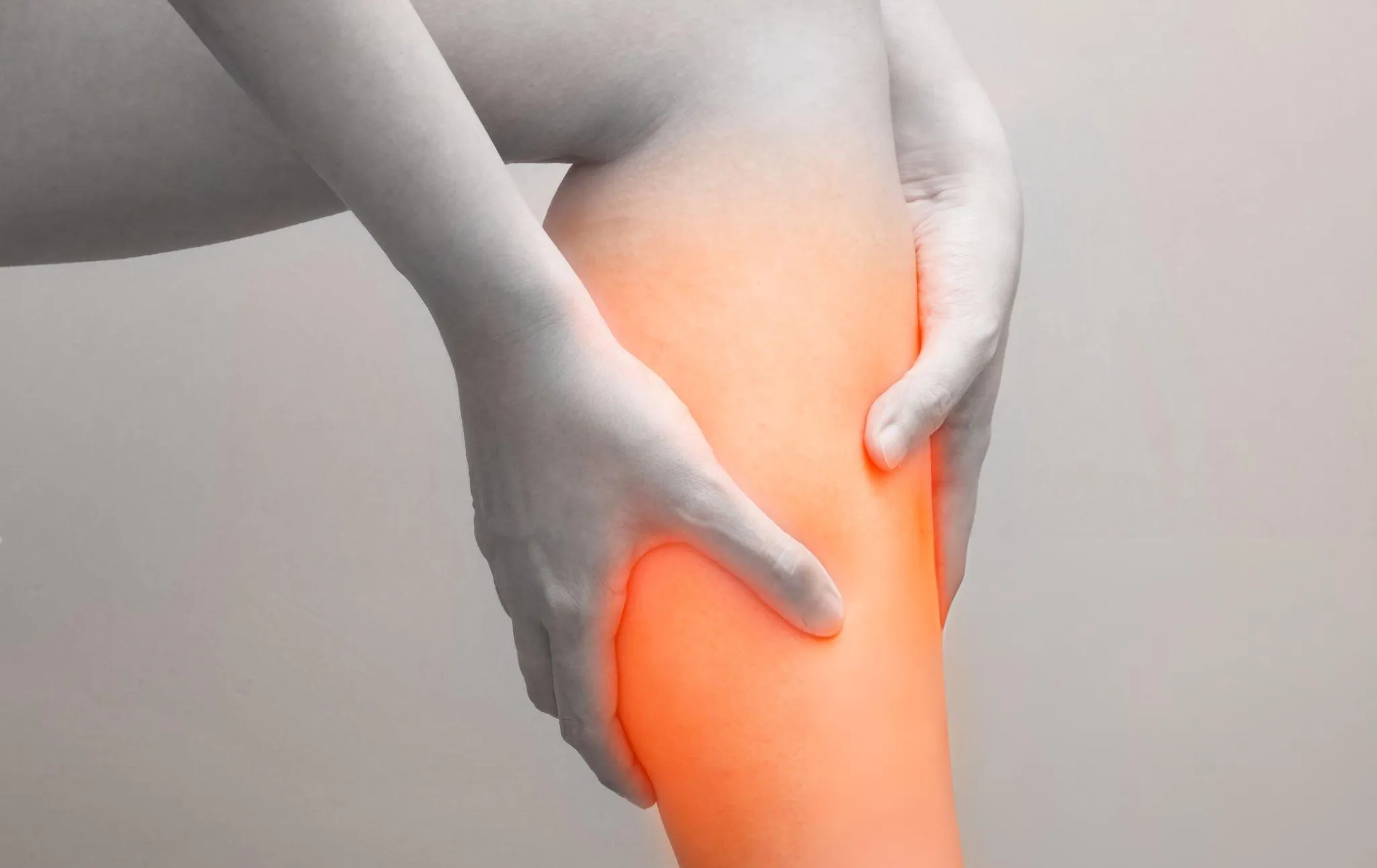As the largest organ in the human body, the skin performs a wide range of tasks, including covering and protecting your body from damaging elements. It also aids in the prevention of pathogens. However, the bacteria may sometimes cause a skin illness. A break, cut, or wound on your skin is a common cause of this problem. In addition, it may occur if the immune system of an individual has been compromised because of another illness or a medical treatment.
Some skin infections affect just a tiny region of your skin near the surface of your skin. Other infections have the potential to penetrate deeply into your skin or spread to a wider region.
Causes
Oftentimes, a little incision is all it takes for an invading microbe to get access to your skin which results in skin infection. In certain cases, such as after a surgical procedure, the cut is not as little as it seems. Injured skin, regardless of the cause, becomes more susceptible to infection. Bacteria, viruses, and fungi are the most common organisms that cause infections. They may also be brought on by yeasts and parasites. On the surface of your skin, bacteria are totally innocuous and abundant. However, problems arise if they come into contact with a skin break.
A broad range of bacteria may cause skin infections, and the severity of the symptoms can range from moderate to severe. Over-the-counter medicines and home treatments may be effective for mild infections, while other illnesses may require medical care. Bacterial skin infections often manifest themselves first as little, red pimples on the skin that progressively increase in size. Certain bacterial infections are mild and may be treated with topical antibiotics, while others need the administration of a systemic antibiotic. Examples of this infection type include impetigo, boils, cellulitis, and leprosy.
Sometimes a virus causes viral skin infections. These infections are classified as mild, moderate, or severe. Various viral skin infections include chickenpox, shingles (herpes zoster), warts, and measles. It is more common to observe fungal skin infections in moist areas of the body, such as in the feet or armpits, since fungi are the source of the illness. Certain fungal infections are not contagious and, in most cases, do not result in fatalities. Athlete’s foot, oral thrush, ringworm, nail fungus, yeast infection, and diaper rash are just a few of the fungal illnesses that may occur.
Parasitic skin infections are caused by parasites that live on the skin’s surface. Infections of this kind have the potential to spread beyond the skin’s surface and into the bloodstream and other organs. Despite the fact that a parasite infection is rarely life-threatening, it may be very uncomfortable. Bedbugs, cutaneous larva migrans, scabies, and lice, are all parasitic skin diseases that may be caused by a variety of different organisms.
Symptoms
A skin infection’s signs and symptoms vary depending on the kind of infection that has been acquired. Redness of the skin and a rash on the skin are two of the most common symptoms. Scratching, discomfort, and soreness are some of the additional symptoms that the patient may experience.
The following are some of the signs and symptoms of a serious infection:
- Blisters characterized by skin sloughing and disintegration
- Pus
- Black, necrotic-appearing skin
- Discolored and painful skin
Diagnosis
A comprehensive medical check is the best way to diagnose a skin infection. The appearance and location of a skin infection may inform a doctor what kind of skin infection is present. Your doctor may ask about your symptoms and examine any lumps, rashes, or lesions. Ringworm, for example, causes a circular, scaly rash on the skin. A sample of skin cells may be utilized to help your doctor diagnose your condition.
In certain cases, laboratory testing such as a skin culture may be performed on you. This test, which makes use of a sample obtained from your skin, may identify what type of infection you are suffering from. You may be asked to provide a sample of your skin by swabbing or scraping it, or your physician may choose to remove a small piece of skin by biopsy. Healthcare experts sometimes perform other types of testing, such as blood tests.
Treatment
It is possible that the prognosis for skin infections will vary depending on the underlying cause of the illness. In most cases, the vast majority of bacterial illnesses respond favorably to therapy. Due to the resistance of the “methicillin-resistant staphylococcus aureus (MRSA)” bacterium to conventional antibiotics, treating it is more difficult than treating other types of bacteria.
When treating the patient, the source of the illness and the severity of the infection are taken into account. In some instances, viral skin infections may resolve on their own within a few days or a few weeks, depending on the severity of the disease. In other cases, medical treatment may be required.
Antibiotics are used to treat bacterial infections, which may be applied topically or taken orally in the form of a pill. It may be necessary to provide intravenous antibiotics in a hospital setting to treat an illness caused by a bacterium strain that is resistant to antibiotics; however, this is not always feasible.
If you have a fungal skin infection, you may treat it using antifungal sprays and lotions that are available over the counter. Consult your doctor if your problem does not improve after several weeks and you are not receiving prescription oral medications or topical treatments that may be beneficial to you. Topically applied medicines may also be used to treat parasite skin infections, and they have been shown to be very effective in a number of instances. Your doctor may also prescribe pain medicines, such as anti-inflammatory drugs, to help you feel better and alleviate your symptoms.
When to See a Doctor
If you have pus-filled blisters or a skin disease that does not improve or worsens over time, you should visit a doctor as soon as possible. Skin infections have the ability to spread beyond the skin’s surface and into the bloodstream, resulting in serious complications. The consequences of such an event have the potential to be life-threatening. If you are experiencing discomfort due to a skin condition, you should make an appointment with your doctor who will be able to provide you with the necessary treatment to aid in your recovery.












Leave a Reply